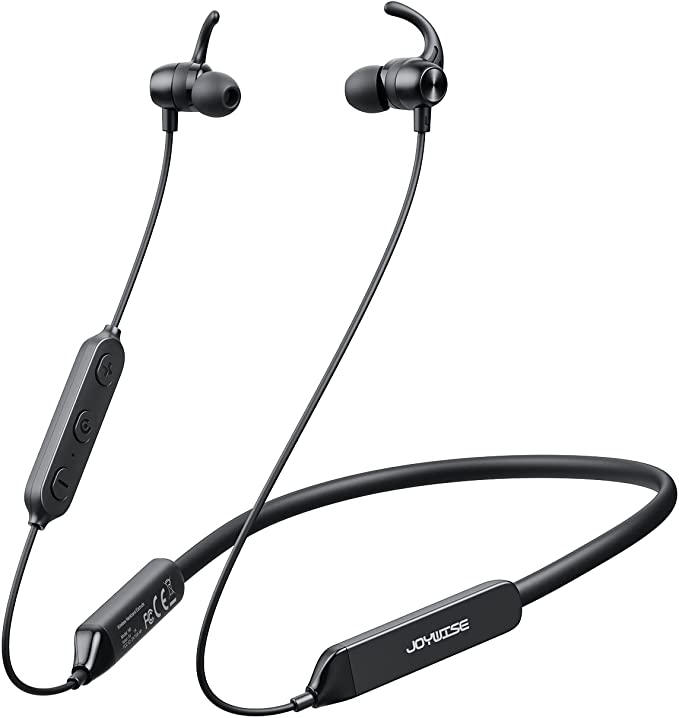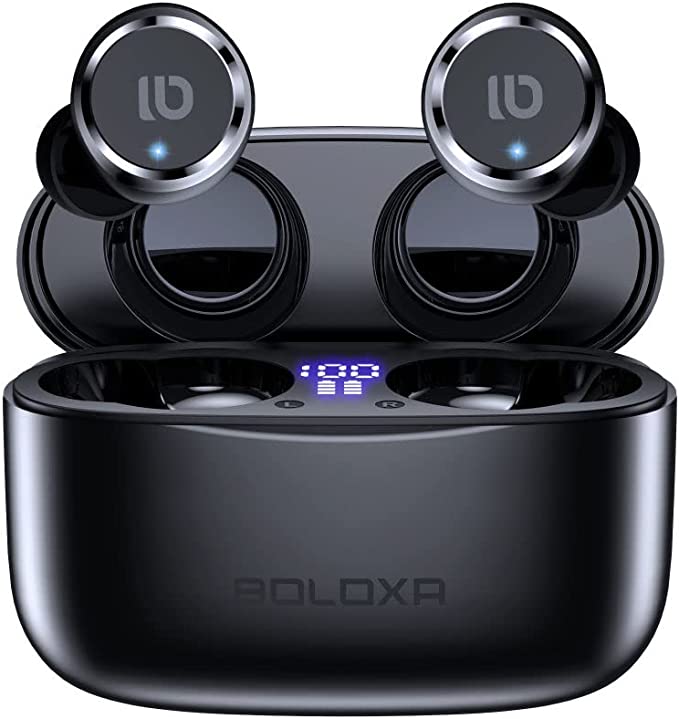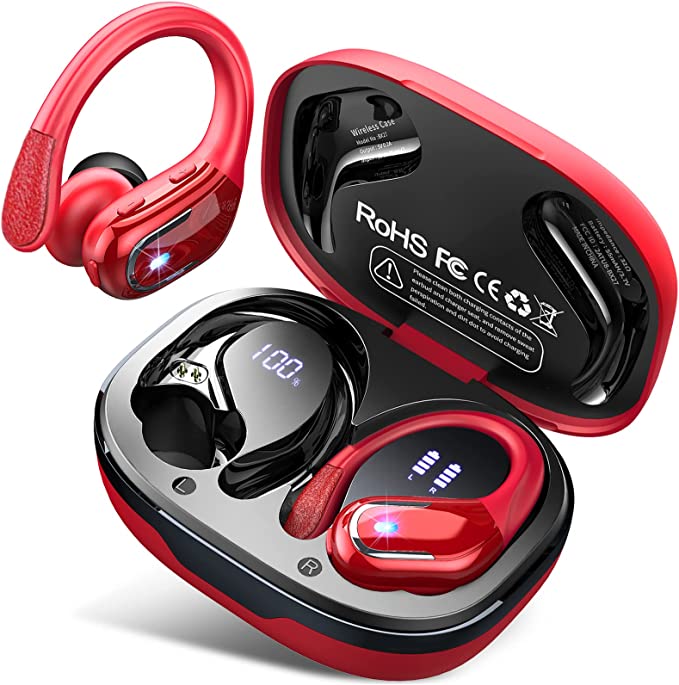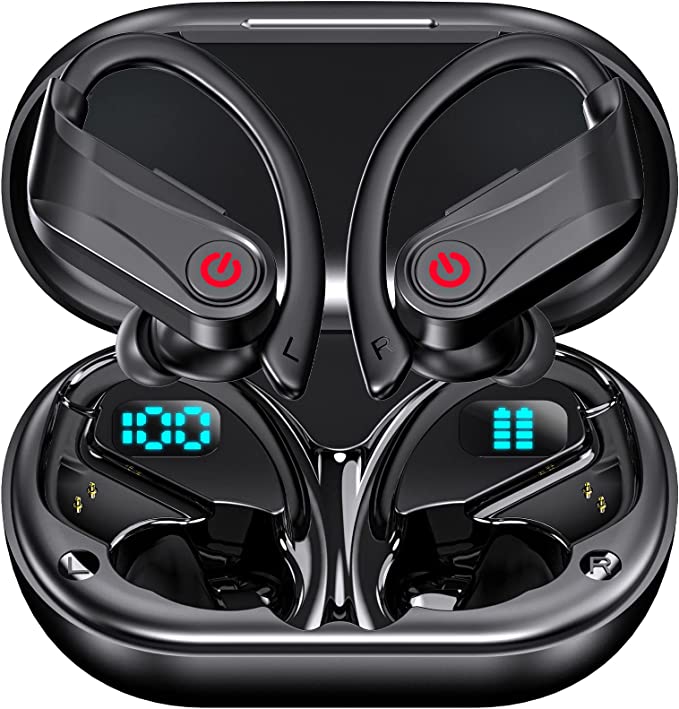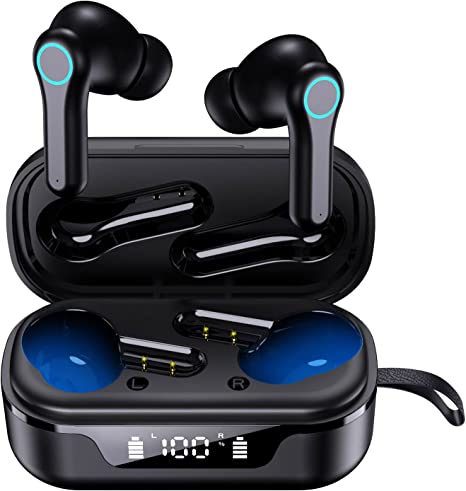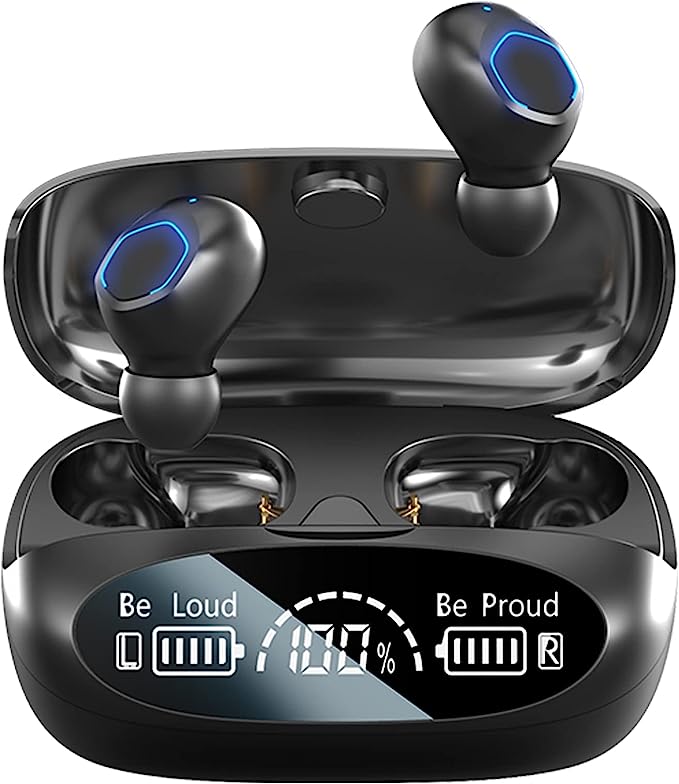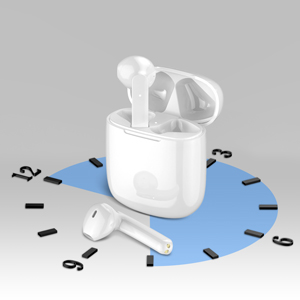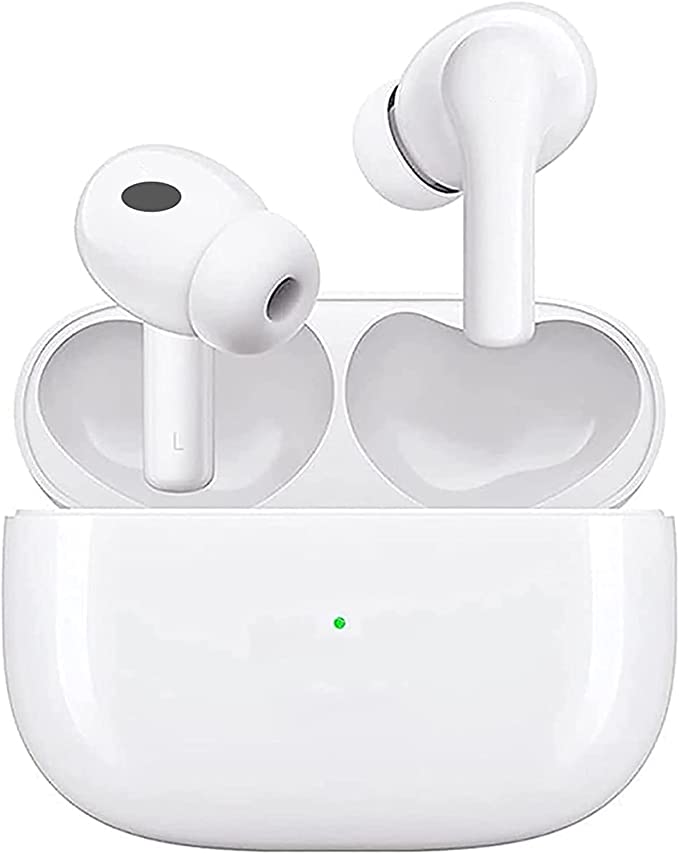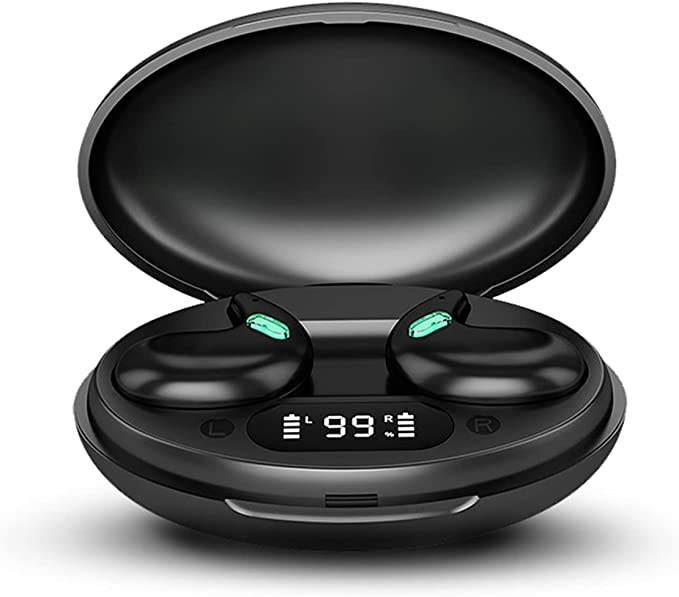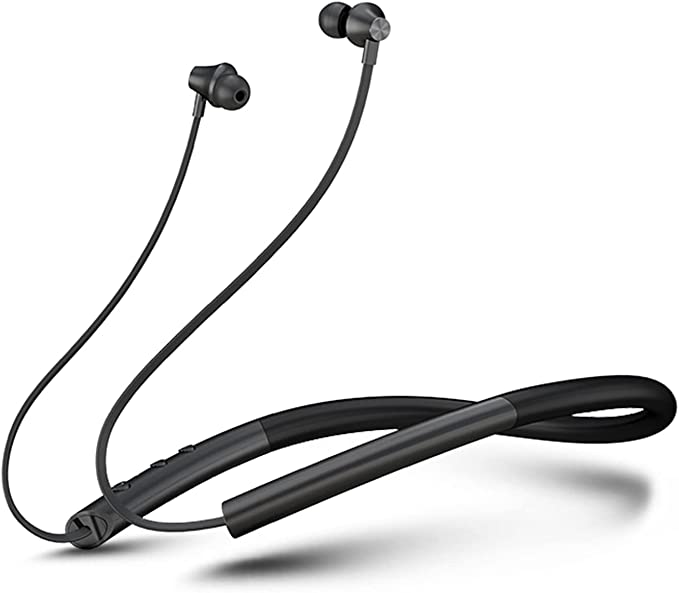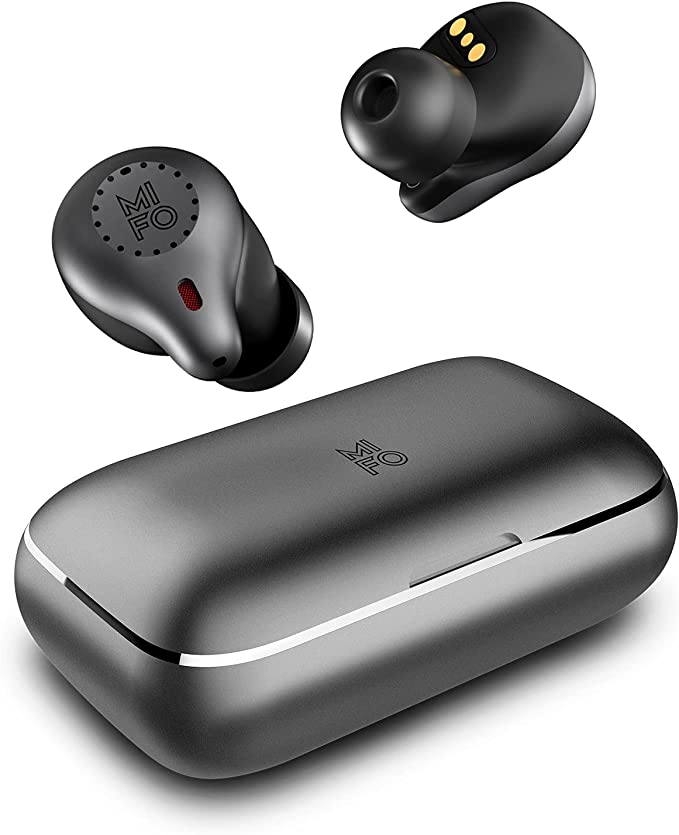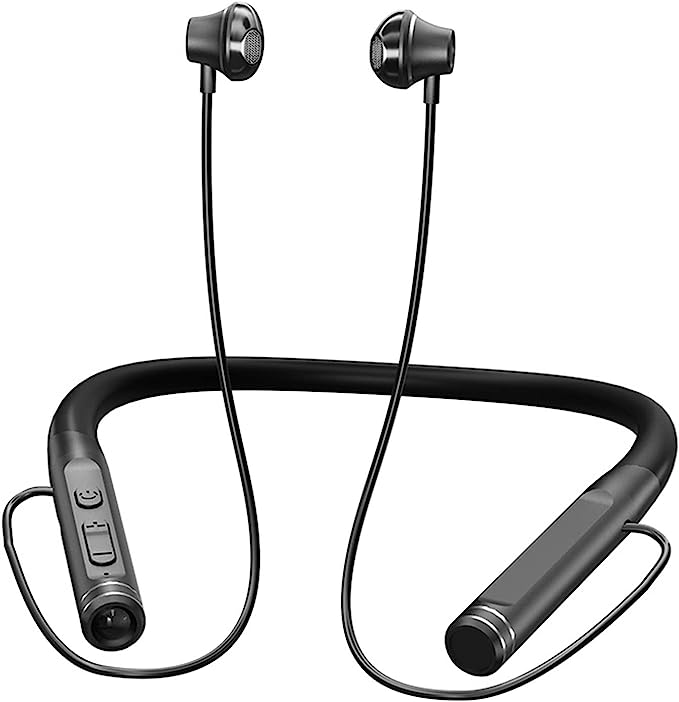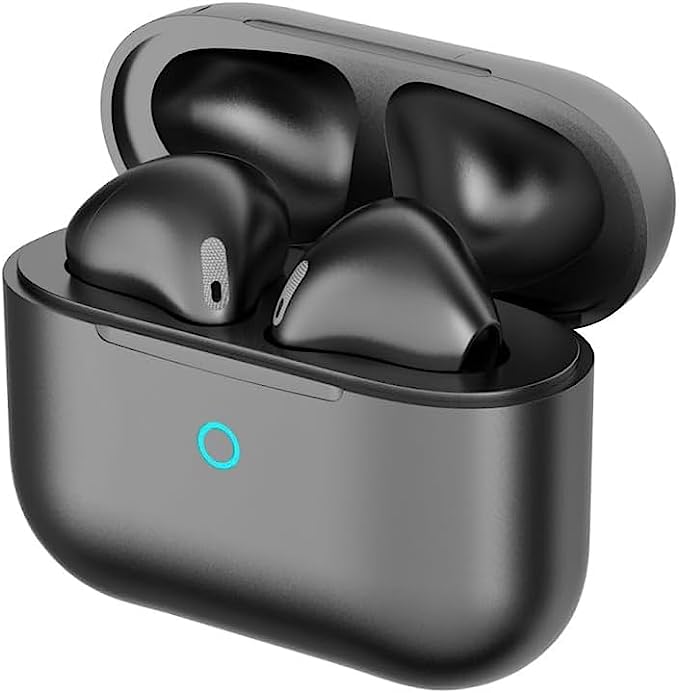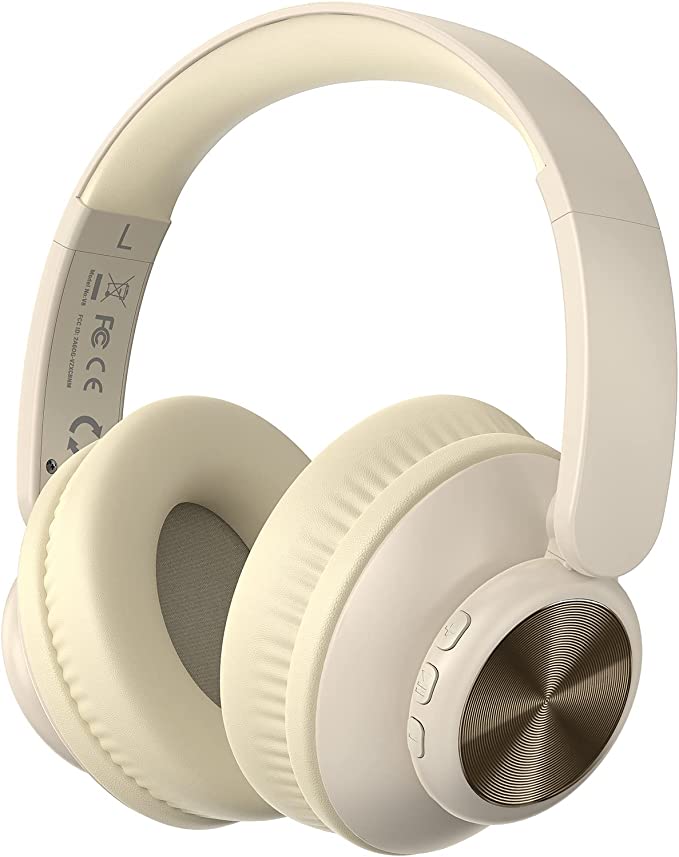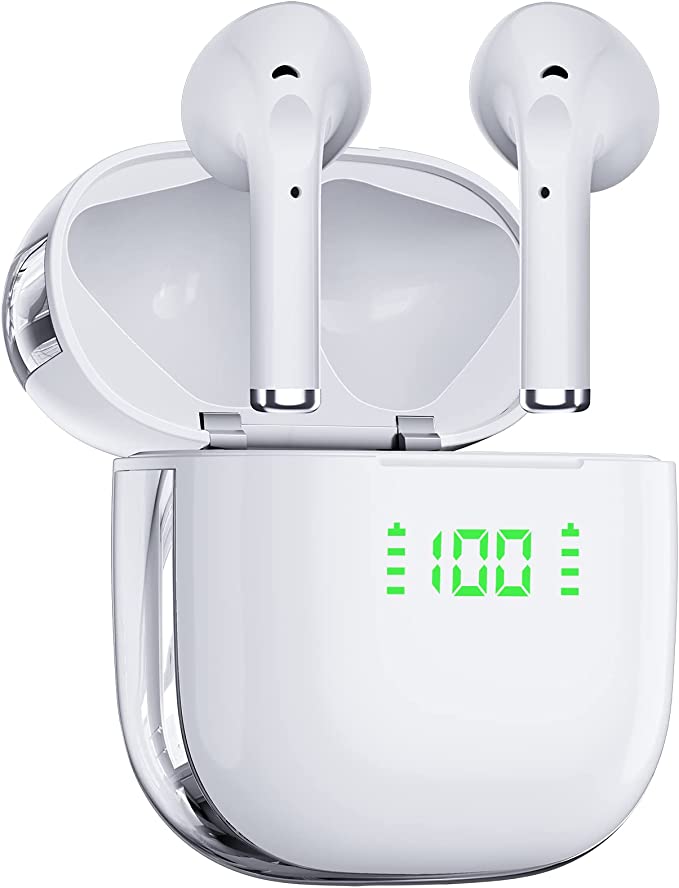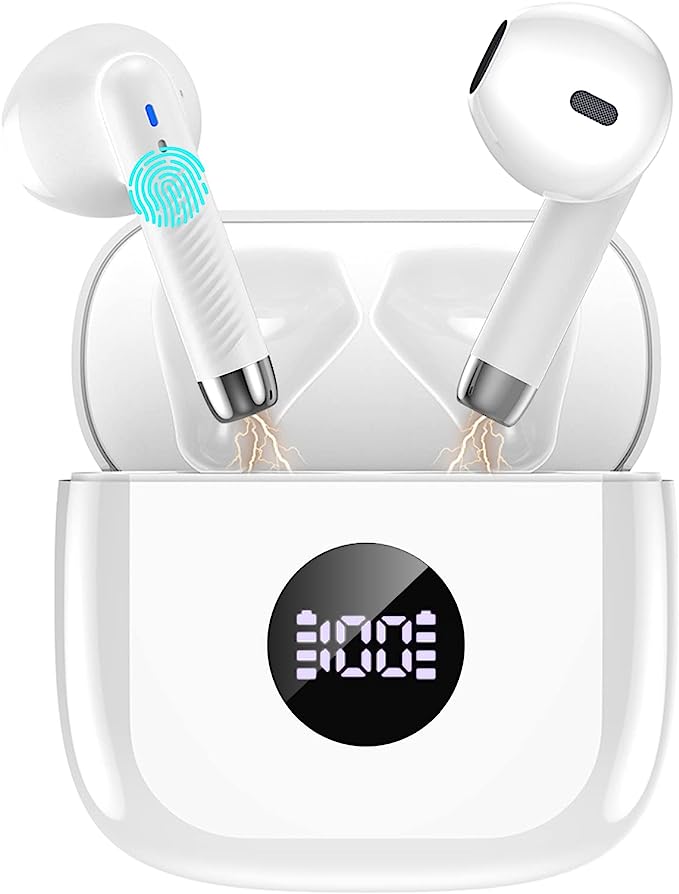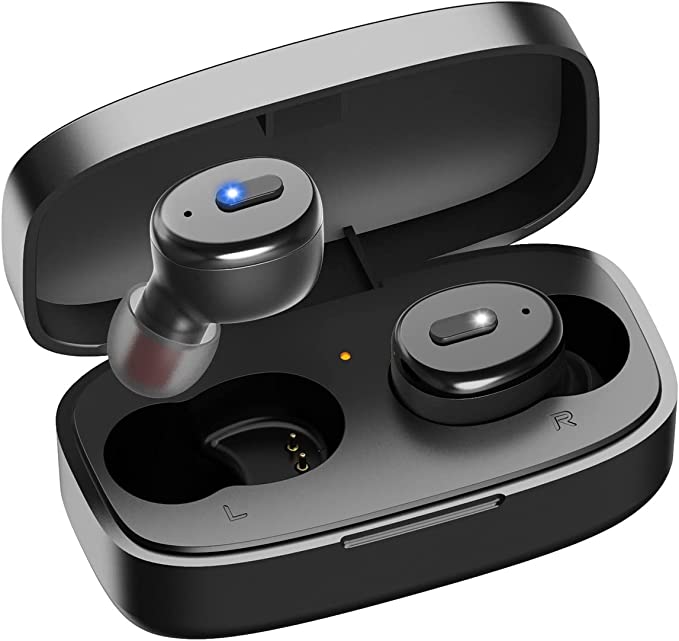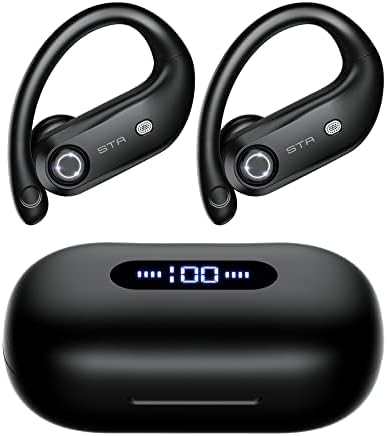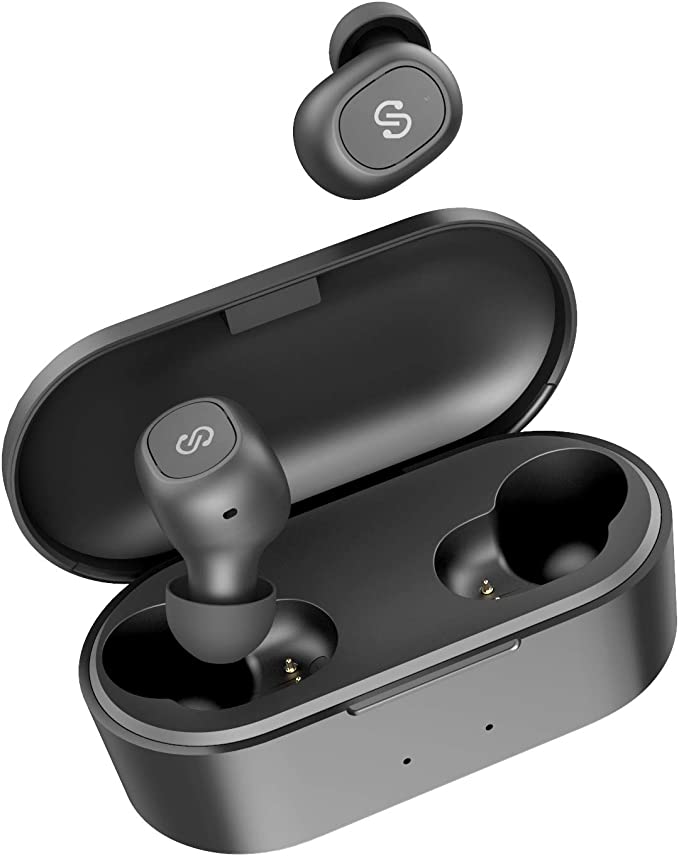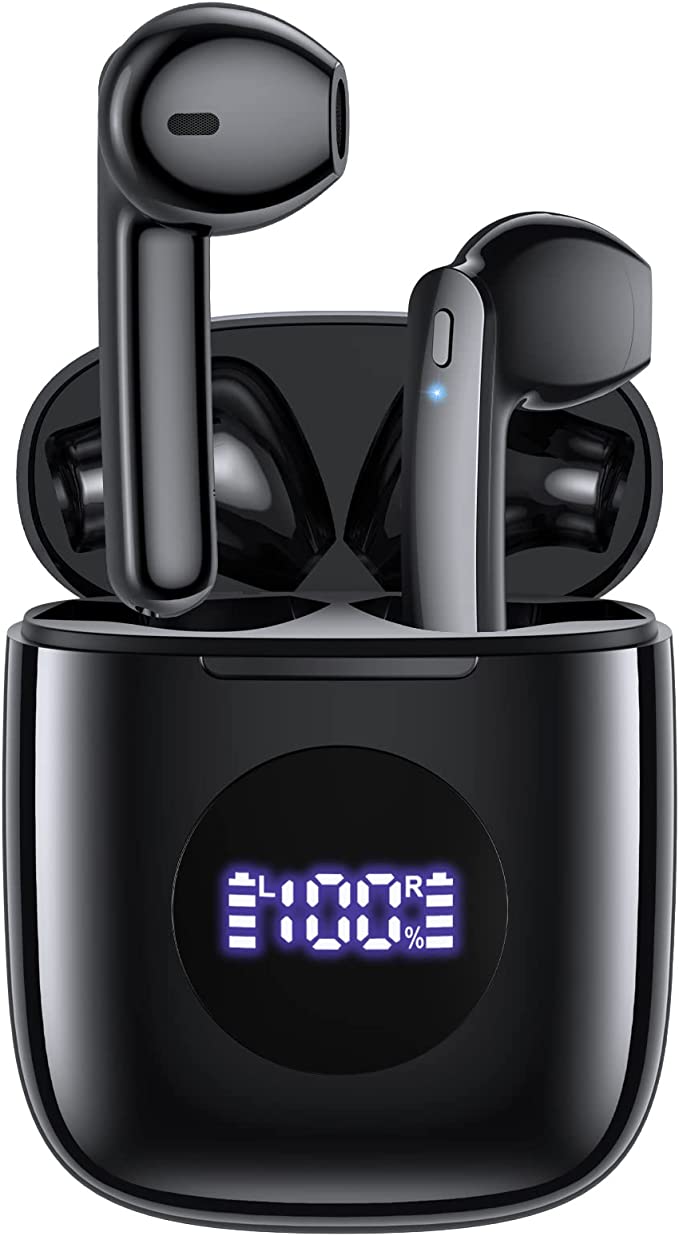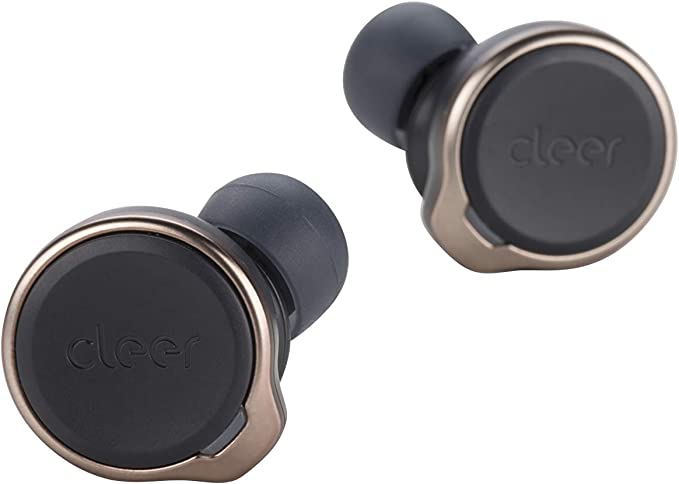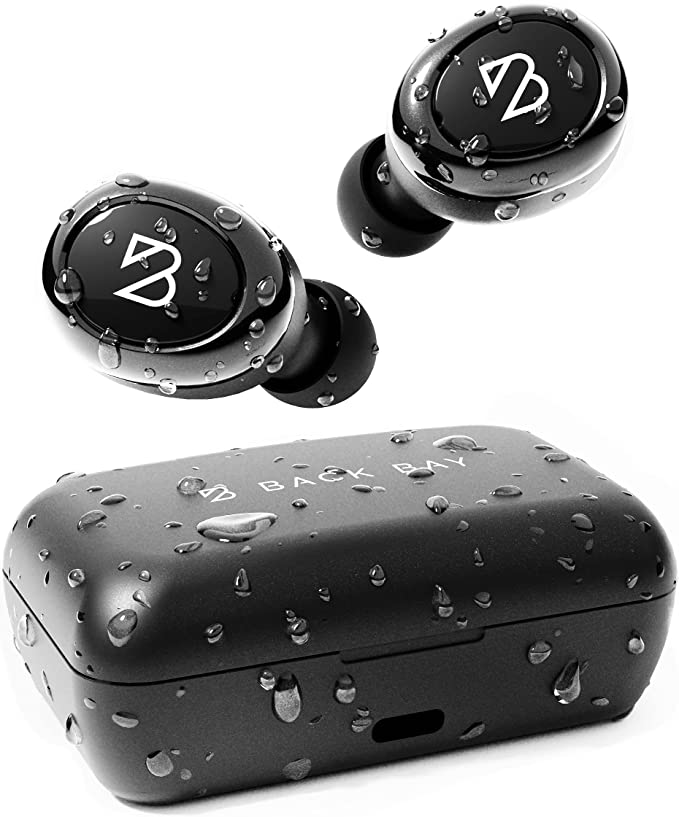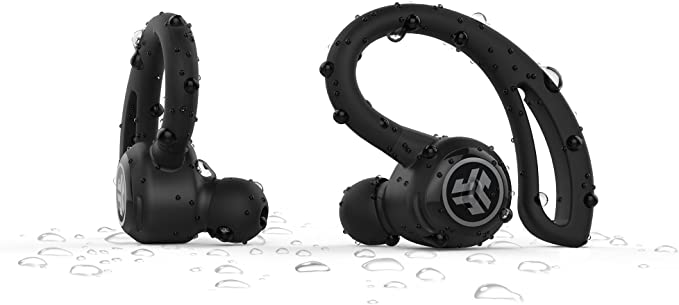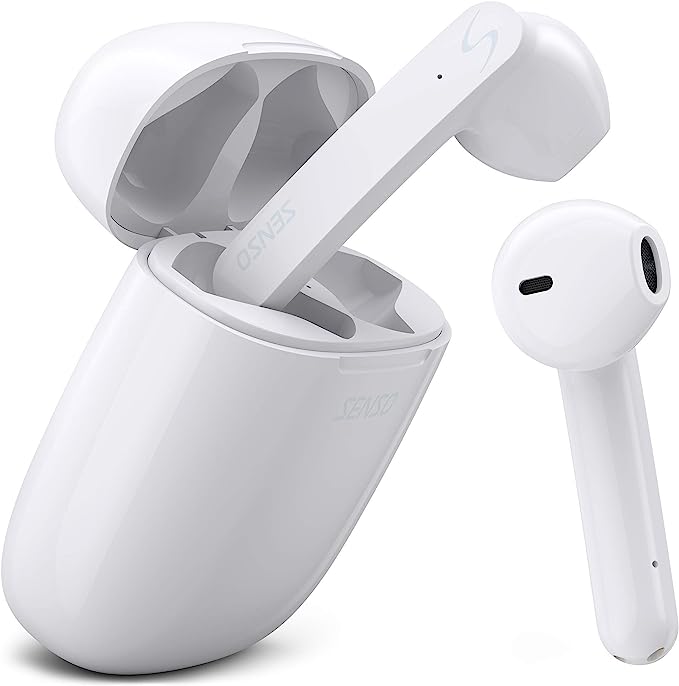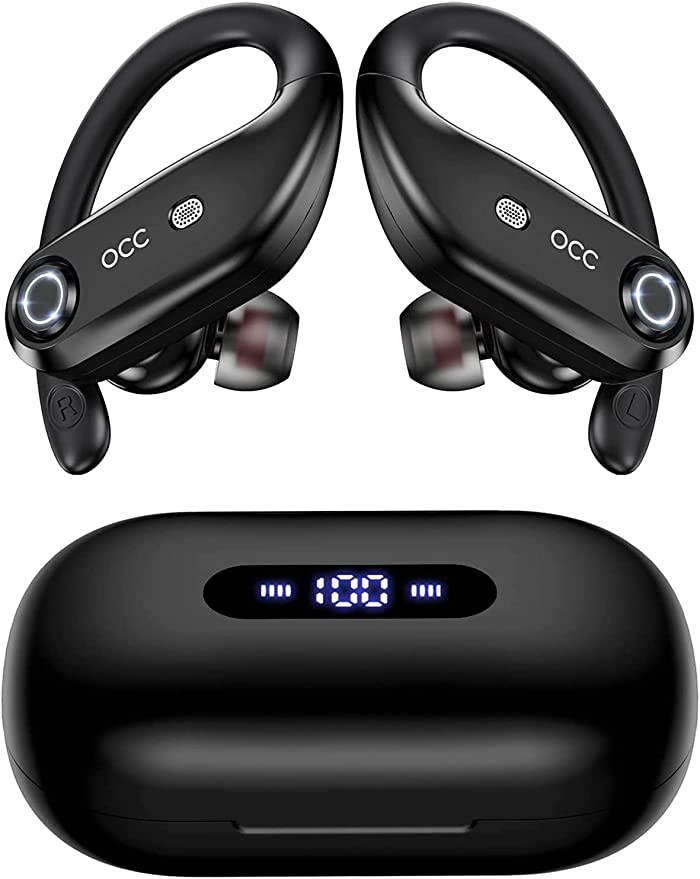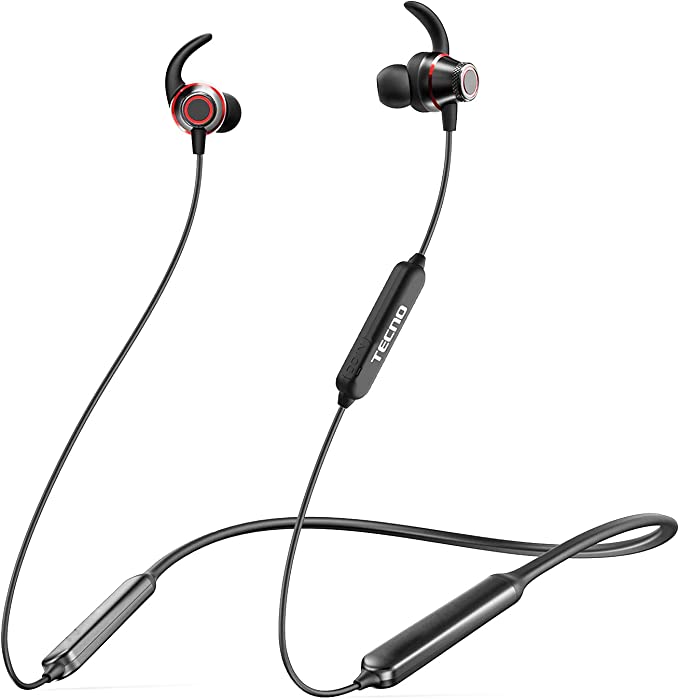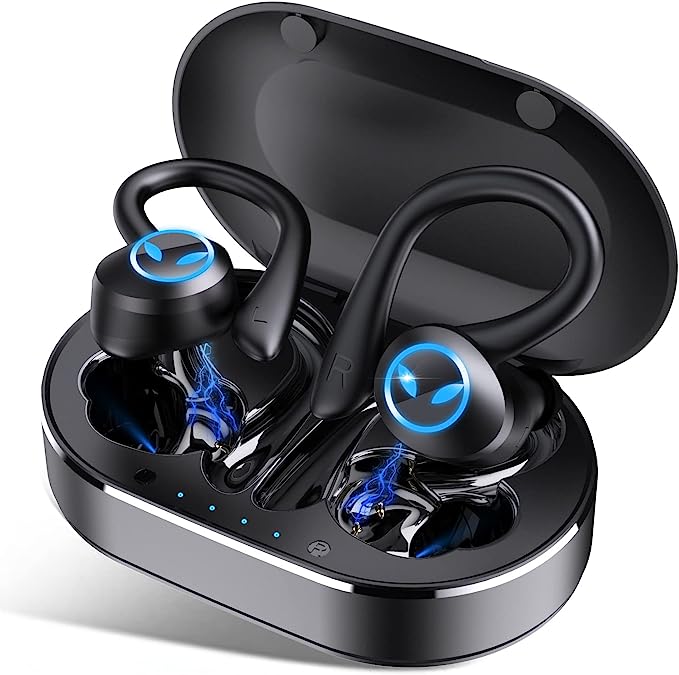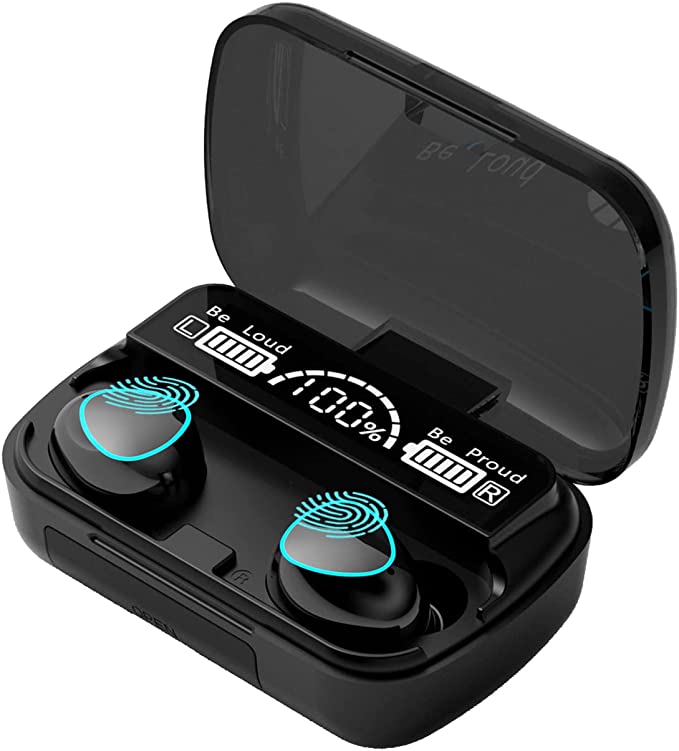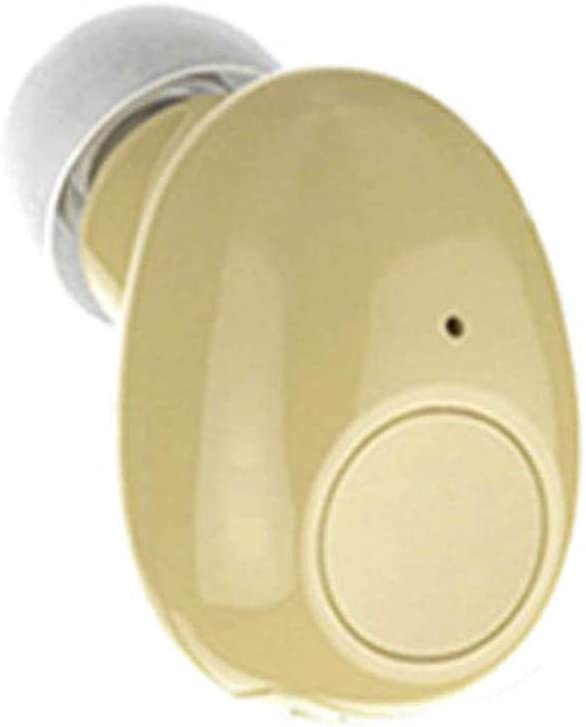The Neckband's Revenge: Why TWS Sacrifices Stamina, Stability, and Sound
Update on Nov. 14, 2025, 12:48 p.m.
In the last decade, the personal audio market has been overwhelmingly dominated by the True Wireless Stereo (TWS) earbud. Propelled by convenience and sleek marketing, the TWS form factor promised a future free of cables. Yet, this convenience has come at a cost—a series of engineering compromises dictated by the immutable laws of physics.
The quest to miniaturize technology into two tiny, separate earpieces has resulted in widespread user frustration over battery anxiety, questionable connection stability, and the ever-present fear of losing a single, expensive bud.
This opens a critical discussion: Is the TWS form factor always the best solution, or has the market overlooked the superior functional advantages of “older” designs? We are witnessing a quiet resurgence of pragmatic audio tools, particularly the neckband, which, by its very design, directly addresses the core failures of TWS. This isn’t about nostalgia; it’s about superior engineering for specific needs.
The Physics of Failure: TWS and the Miniaturization Tax
To understand the neckband’s advantage, we must first analyze the TWS compromise.
- The Battery Dilemma: Physics dictates that energy capacity is tied to physical volume. TWS earbuds must house their own batteries, Bluetooth radios, processors, and drivers within a tiny chassis that must also be ergonomically viable. The result is a battery life often lasting only 4-6 hours, forcing reliance on a charging case—a bulky, easily forgotten intermediary.
- Connection Instability: TWS designs must synchronize audio between two separate units while also maintaining a connection to the source device. This is notoriously difficult, especially in signal-congested urban areas.
- The Drop Risk: Lacking any physical tether, TWS buds are notoriously easy to lose. A dropped bud during a commute or workout is often a lost cause, rendering the entire expensive set useless.
- Microphone Misplacement: For clear calls, a microphone must be near the mouth. TWS mics are located by the ear, relying heavily on processing to isolate the voice from ambient noise, often with mediocre results.
This is the “miniaturization tax”—a premium paid in performance and reliability for the luxury of absolute wirelessness.

The Neckband’s Solution: Reclaiming Stamina, Stability, and Sound
The neckband form factor, often dismissed as a transitional design, is, in fact, an elegant engineering solution. By connecting the two earbuds with a lightweight band, it strategically re-allocates components, conquering the very limitations of TWS.
1. Decoding Stamina: The 30-Hour Battery Advantage
The most significant failure of TWS is battery anxiety. The neckband solves this at a fundamental level. The band itself acts as a utility chassis, providing ample physical space for a much larger Lithium-Ion battery.
This is not an incremental improvement; it’s a categorical leap in utility. For example, some neckband models like the Rythflo WH02 integrate high-capacity cells rated for up to 30 hours of playtime on a single charge.
This figure isn’t just a number; it represents a fundamental shift in user behavior. It’s the freedom to leave for a weekend trip without a charger. It’s a full week of commutes and gym sessions. It’s the reliability of a tool that works all day, every day, without demanding constant battery management. This is achieved simply because the design isn’t forced to compromise on battery volume for the sake of a specific form factor. Furthermore, the inclusion of a modern USB Type-C port ensures that when the device finally does need a charge, the refueling process is fast and universal.
2. Decoding Stability: A Three-Layered Approach
The neckband design delivers stability in three crucial dimensions: physical, signal, and latency.
- Physical Stability: The “in-ear” aspect is only half the equation. The neckband provides a secure anchor. When running, bending over, or simply turning your head quickly, the buds remain secure. If you need to speak to someone, you can remove one or both buds and let them hang, often snapping together magnetically. This eliminates the drop risk entirely.
- Signal Stability (Bluetooth 5.0): With more internal space, engineers can implement more robust antenna designs. Paired with a mature standard like Bluetooth 5.0, this results in a rock-solid connection that is less susceptible to dropouts.
- Latency Stability (aptX Low Latency): This is a critical, often overlooked, advantage. Audio-visual lag (latency) can ruin video content and make gaming impossible. Many TWS buds, especially at the low-end, struggle with this. Higher-end neckbands, however, have the space and power budget to include dedicated chipsets. The Rythflo WH02, for instance, utilizes a Qualcomm chip that supports aptX Low Latency. This codec is specifically engineered to minimize that delay, ensuring audio and video are in perfect sync.

3. Decoding Sound: The aptX-HD Difference
The audio quality debate is often subjective, but the “codec” debate is technical. Most wireless audio is compressed to travel over Bluetooth. The quality of that compression matters.
- SBC (Standard): The default, universal codec. It’s functional but often compromises audio fidelity, leading to a “muffled” or flat sound.
- Qualcomm aptX-HD: This is a high-definition audio codec. It is engineered to preserve more of the original audio data, supporting 24-bit music quality.
The difference is audible: “clear highs and deep bass,” as Rythflo’s materials describe it. But why can a $50 neckband often include aptX-HD while many more expensive TWS buds cannot? Once again, it comes down to engineering trade-offs. Supporting aptX-HD requires a certified Qualcomm chipset, which has implications for cost, power, and space—all of which are at a premium in TWS designs but are easily accommodated in a neckband.

The Pragmatist’s Armor: IPX7 Durability
Finally, the TWS design is inherently fragile. A neckband, however, can be built for resilience. An IPX7 sweatproof rating, as seen on the WH02, is a key feature for a pragmatic user.
“IPX7” is a formal Ingress Protection standard. The “7” signifies the device is protected against temporary immersion in water (up to 1 meter for 30 minutes). This isn’t for swimming. This is for real-world reliability. It means the headphones can survive an intense, sweaty workout, a sudden downpour on a run, or being rinsed off. It transforms the device from a fragile piece of tech into a dependable tool for an active life.

Conclusion: Reframing “Innovation”
The tech industry often confuses “innovation” with “miniaturization” or “form.” But true innovation solves user problems. The TWS form factor, while innovative, created new problems: battery anxiety, instability, and high replacement costs.
The enduring appeal of the neckband is not a step backward; it is a calculated choice. It is a form factor built on a foundation of engineering pragmatism. Designs like the Rythflo WH02 demonstrate that by accepting a single, unobtrusive wire, one can achieve superior stamina (30 hours), stability (aptX-LL, physical anchoring), and sound (aptX-HD) at a fraction of the cost.
For the user who prioritizes reliability over novelty, the neckband isn’t just a viable alternative—it’s often the superior solution.

